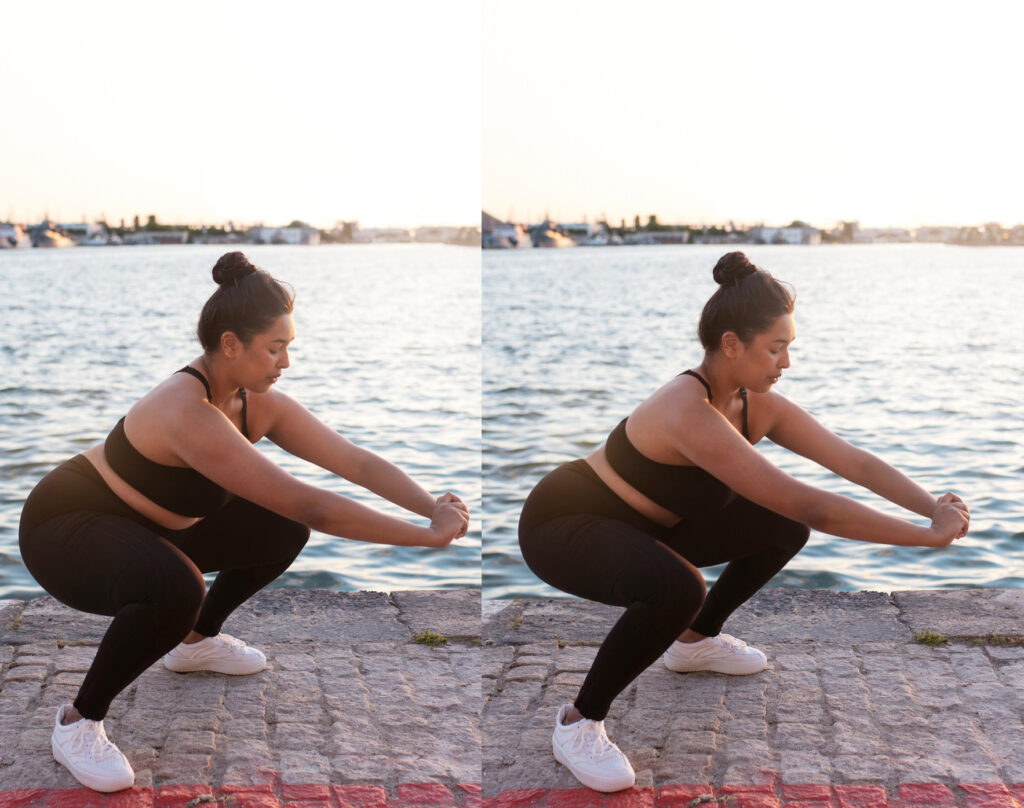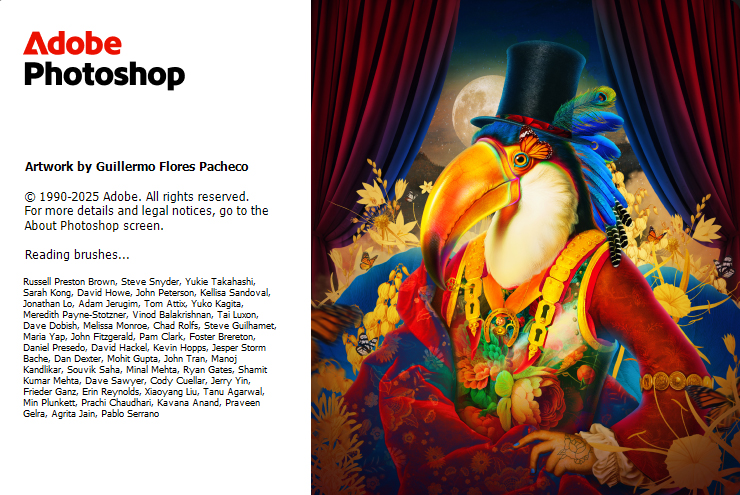Photoshop Manipulation Service: 7 Creative Photo Composites to Enhance Your Brand
A brand’s visual presence is the driving force behind its identity. It is now essential to create visual content that is not just about pretty pictures, but also that captures the viewer’s attention, tells a story, and clearly conveys the brand’s message. This is where Photoshop manipulation service or Creative Photo Composite Editing play a vital role. Photoshop manipulation is a creative process where multiple images, light, color, and texture are combined to create a whole new reality. This service can help you present your brand’s products, advertisements, or social media content in a more attractive and professional way. A perfect photo composite design can strengthen your brand identity, bring marketing campaigns to life, and make your online presence more impactful. Be it product ads, event posters, fashion edits, or social media promotions—creative photo manipulation can take your visual content to new heights. In this article, we will discuss 7 unique and creative Photoshop composite ideas that will make your brand more modern, attractive, and visually powerful. What is Photoshop Manipulation Service and Why is it Important? Photoshop manipulation service is a professional digital editing process where an entirely new and creative visual composition is created from ordinary images. It is not limited to changing the color, lighting or background of the image; rather, it is a creative photo editing technique that goes beyond reality and creates a new reality. This process involves combining multiple images, maintaining lighting, texture and perspective to create a work of art that attracts the viewer’s attention and leaves a lasting impression. Every photo tells a story, and Photoshop manipulation makes that story more alive, more memorable. Photoshop manipulation services have become essential for brands, businesses, and content creators these days. Because a perfectly manipulated image tells a brand story, makes a product more appealing, and increases engagement on social media. For example, using this technology in product promotions, event marketing, or creative advertising will make your brand image look more professional and unique. Additionally, Photoshop manipulation design allows you to create conceptual images that are not possible with ordinary photography. Therefore, Photoshop manipulation services can be the best investment if you want to take your brand or business to a new level. How photo composite editing can change your brand image The success of a brand largely depends on its visual presentation. It is no longer possible to hold the attention of the audience with just a simple image. This is where photo composite editing or Photoshop manipulation services help to present your brand in a new way. It is a creative process where different photo elements are combined to create a strong and unique visual — which expresses your brand story in a more engaging way. The power of a good photo makes a brand recognizable, while the power of a perfect composite photo makes a brand unforgettable. A perfect photo composite design creates the right impression on the viewer about your brand’s product, service or message. For example, if you want to promote a luxury product, composite editing can present it in an environment that symbolizes luxury and quality. The visual impact created through the photo thus increases the credibility of the brand and leaves a lasting impression in the mind of the customer. Additionally, using creative photo composite content on social media, websites, or advertisements can increase both engagement and reach. Therefore, photo composite editing can be your best tool to visually differentiate your brand and create a strong position in the market . Storytelling techniques through creative photo manipulation A picture is worth a thousand words — but creative photo manipulation makes those words more profound, emotional, and meaningful. In today’s visual age, brands and content creators want to create stories that are not just beautiful images, but also ones that leave an impression on the viewer. This is where creative photo manipulation or Photoshop manipulation services play the most effective role. This storytelling technique combines reality and imagination to create a unique visual experience. For example, if a brand wants to convey its core message, it can use photo manipulation to create a scene that directly captures that feeling — whether it’s a symbol of freedom, inspiration, luxury, or innovation. This type of visual storytelling not only makes the brand memorable, but also creates an emotional connection with the audience. Every photo tells a story, and photo manipulation adds a touch of magic, emotion, and imagination to that story. Additionally, using creative photo manipulation in social media content, advertising campaigns, or product promotions significantly increases engagement, clicks, and conversion rates. Therefore, storytelling through photo manipulation is an essential skill in today’s marketing world to make a brand’s story more impactful and memorable. The use of Photoshop manipulation in brand marketing In a competitive world, not only the quality of the product, but also its visual presentation is the key to the success of a brand. An attractive image can attract the attention of the viewer, but a perfectly manipulated image leaves a lasting impression on the viewer. This is where Photoshop manipulation service play an important role in brand marketing. Good brands are seen, but creative visuals are remembered — and Photoshop manipulation makes that difference. Photoshop manipulation can transform an ordinary photo into a powerful visual that clearly expresses a brand’s message, values, and personality. For example, a travel brand can create dreamy landscapes in its ads, while a tech brand can convey a message of innovation through futuristic designs. This kind of creative photo editing not only helps in promoting products, but also helps in building a brand’s identity. Additionally, using Photoshop manipulation in social media marketing, online advertising, poster and banner design can make a brand’s visual content more professional and unique. It sets the brand apart and builds trust and attraction among the customer. Therefore, the use of Photoshop manipulation is now an essential tool in modern digital marketing to strengthen brand image and leave a lasting impression on the audience . The Role of Creative Photo Design in Visual Communication The most powerful medium to capture people’s attention is visual content. Images don’t just convey information; they convey emotions, messages, and brand identity to the viewer.







